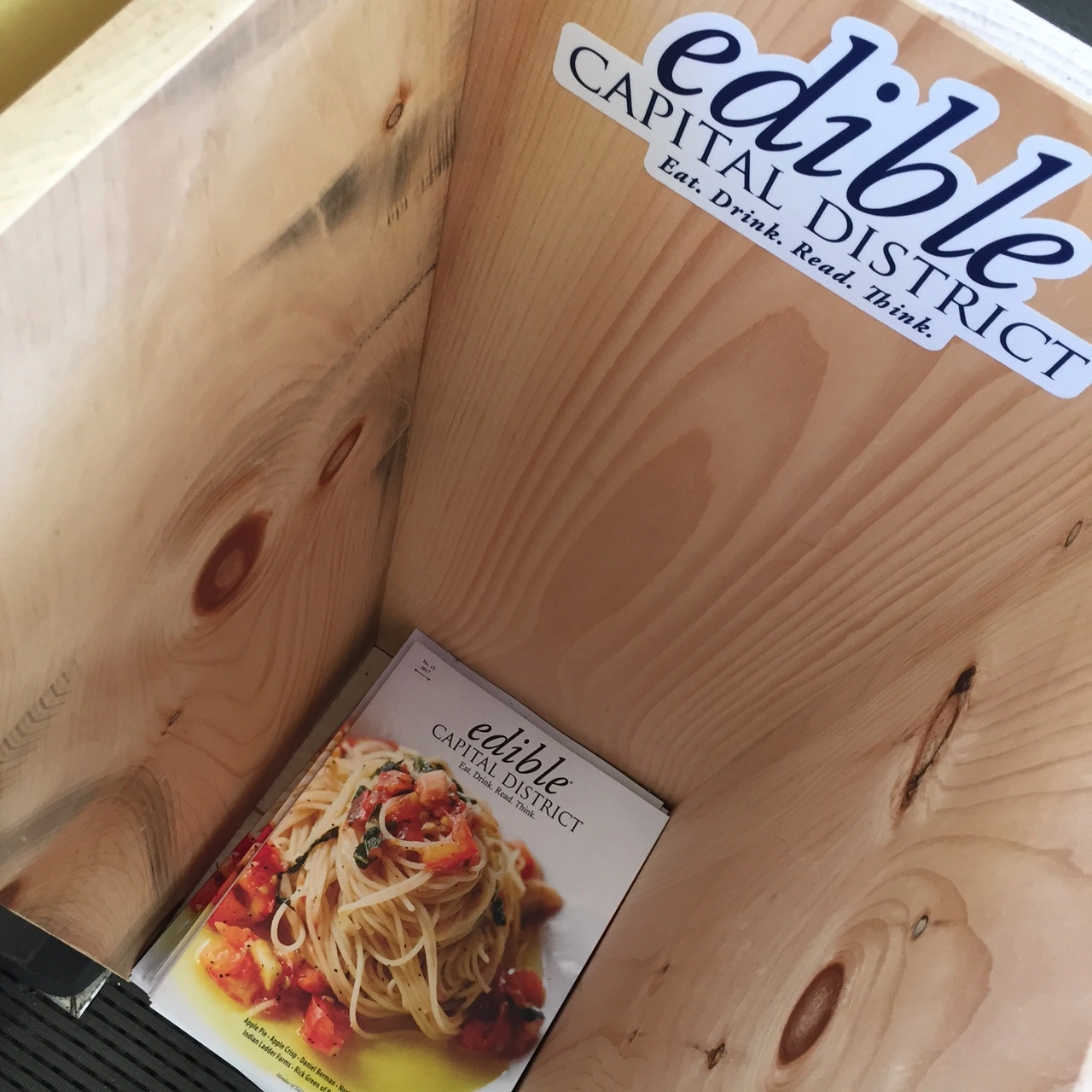Dare to Compare
For those of you who may not follow the comments here on a regular basis, something interesting happened yesterday.
I received a lengthy response from Steve Barnes to my June 5 post, in which I criticized the policy of the Albany Times Union for determining which restaurants receive starred reviews.
I am thrilled that someone from the paper came to speak up in defense of my criticism. And I am glad that it was Steve. He and I do not always agree on matters of taste, but we manage to respectfully disagree.
So first: Thank you, Steve, for your thoughts, and I appreciate the new link on your blog.
It is great to have some context for the policy directly from the source. And it is truly a pity to hear that the Times Union cost-cutting efforts have limited the number of reviews that can be published per week. Thankfully local diners and out-of-town visitors can at least turn to Yelp for a more comprehensive snapshot of local restaurants.
Now in my own defense let me begin by saying I reject the notion that “It’s Fair to Compare” is built on a false premise. I was aware that the paper had written up inexpensive restaurants prior to October 5, 2008. The impetus for my post was not that I thought the paper was doing cheap-eats reviews for the first time, nor that I thought it was a new policy for the paper.
I’ll tell you exactly what happened. I was doing some research and reading some past Times Union reviews online. At the end of a very negative review for Capital Q (incidentally one of my favorite places to eat in the area), I came across the policy statement.
It was really the last line that caught my attention:
“Because it is unfair to invite comparison between restaurants serving $8 entrees and those asking three times as much, star ratings will not be given on “Order Up” reviews.”
The premise of my original post is that I find the policy of granting starred reviews based on the price of an entrée to be arbitrary, at best. At worst it creates a flawed mindset that food has to be expensive to be good.
Steve argues:
“Our rationale, as at The New York Times and other publications that do both fine-dining and cheap-eats reviews, is that casual eateries can’t compete in terms of ambiance and service, two of the three areas that receive star ratings in our reviews of full-service restaurants.”
Where the Times Union gets in trouble is deciding where to draw the dividing line between fine dining and cheap eats. Allow me to provide an example of two similar restaurants that were reviewed by the paper. Both of them are casual Italian restaurants. One of them received a starred review, and the other did not.
I did not have to dig very deep to find them. The most recent starred review in the Times Union website is dated June 14. It is a three-star review for a casual Italian restaurant called Mercato’s Pizzeria & Restaurant. And let’s also note that three stars on a four-star scale is a mighty fine review. It beats out the creativity of Tosca in Troy, the sleek smart style of DA|BA in Hudson, and the warm hospitality of Bongiorno’s in Albany, to name a few.
There is no mention in this review of the service, which leads me to believe it was acceptable. And here is how Ruth Fantasia, executive features editor, describes the ambiance:
“Comfortable booths and tables dressed in red-and-white checkered vinyl provide seating, and old photos, neon beer signs and wooden pizza peels decorate the place. Hum along with Old Blue Eyes and Dean Martin playing on the stereo, if you like.”
Now this is what I struggle with.
Besides price, how is this restaurant fundamentally different from The Orchard Tavern, which was not given a starred review, or dozens of other similar local institutions?
It is not ambiance, because as far as I can tell they are both in the same ballpark. And given that there was no mention of the service at Mercato’s, I imagine it was in line with the expectations for a casual Italian pizzeria and restaurant. These other un-starred places could certainly compete on the playing field the Times Union has established.
I am glad that the Times Union dares to compare casual restaurants to fine-dining restaurants on its four-star scale. I just wish the practice were more consistently applied.
What to do about dives is another matter entirely. I have braved some really dirty places with incredibly rude service to eat some of the best food of my life. Better than anything I had at Creo earlier this week. But that is a post for another day.


Food for thought, the Michelin Guide Criteria:
The quality of the products
The mastery of flavor and cooking
The “personality” of the cuisine
The value for the money
The consistency between visits
That said, economists found that the lavishness of the decor was directly related to the number of stars received, which peaked when 3star michelin restaurants started going out of business. See Slate’s recent article, “How the Michelin guide crippled France’s restaurants”
http://www.slate.com/id/2221245/
Good read. It sounds like the same kind of malaise we have here in “upstate” NY; quality determined by price, decor, quantity. Truly understanding good food seems to be a rare gift (that I don’t have), so maybe Michelin serves its purpose for the rest of us.
Of course, as I’ve told you Raf, I know something about tires and Michelins are crap. Why should I trust their taste in restaurants? It’s a bit like asking Bernie Madoff for a safe bet at the dog track imo.